Close-up observations of auroras on Jupiter (annotated)
The NASA/ESA/CSA James Webb Space Telescope has captured new details of the auroras on our Solar System’s largest planet. The dancing lights observed on Jupiter are hundreds of times brighter than those seen on Earth.
These observations of Jupiter’s auroras were captured with Webb’s Near-InfraRed Camera (NIRCam) on 25 December 2023 (F335M filter). Scientists found that the emission from the trihydrogen ion, known as H3+, is far more variable than previously believed. H3+ is created by the impact of high energy electrons on molecular hydrogen. Because this emission shines brightly in the infrared, Webb’s instruments are well equipped to observe it.
The timestamps indicated in the lower right corner of each image indicates the time (UTC) when these observations were taken on 25 December 2023.
A video of these observations can be found here.
[Image description: Three panels, each showing a close-up near-infrared image of Jupiter’s north pole, in shades of orange. The planet is mostly dark. Thick, bright arcs and rings caused by aurorae cover the pole. The three panels each show the aurora a few minutes later in time - left to right, they are labelled “08:15:00”, “09:10:00” and “09:55:00”.]
Credit:ESA/Webb, NASA, CSA, J. Nichols(University of Leicester), M. Zamani (ESA/Webb)
About the Image
| Id: | weic2510c | |
|---|---|---|
| Type: | Collage | |
| Release date: | 12 May 2025, 14:00 | |
| Related releases: | weic2510 | |
| Size: | 6720 x 2262 px | |


